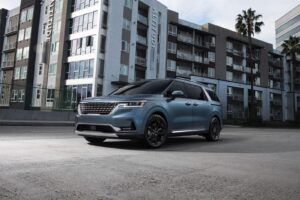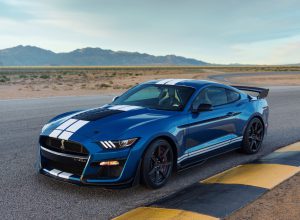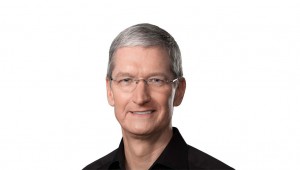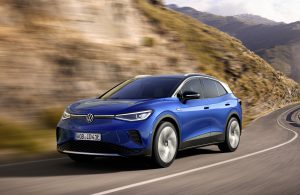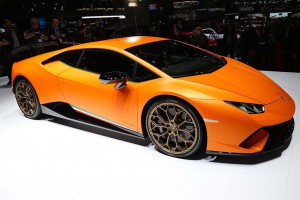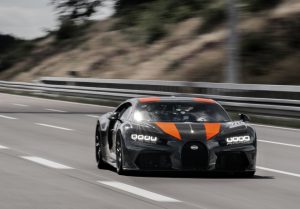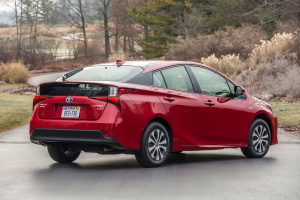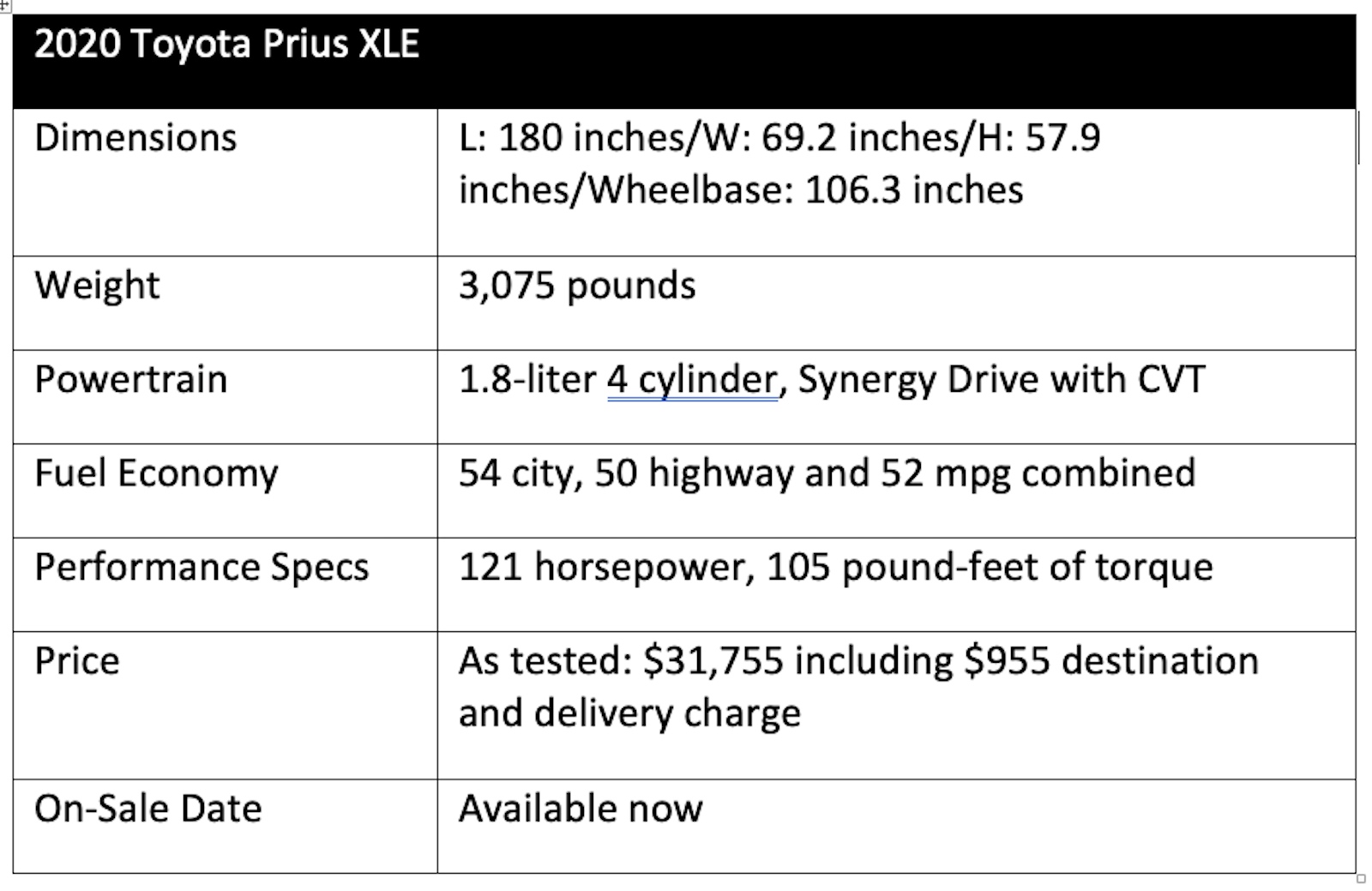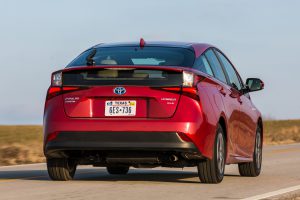Farewell Sedona. Kia officially unveiled the replacement for its familiar minivan today, festively dubbing it the Kia Carnival.
The decision to drop the Sedona nameplate for the 2022 model year has been rumored for many months and reflects the South Korean carmaker’s desire to use similar nameplates worldwide. It took the same approach last year, using a makeover to rename the old Optima sedan the new K5.
There’s more to the move, however. Kia is pushing the brand upmarket. And, as we have already seen with the K5 and the Telluride SUV, that quickly becomes apparent when you get a close look at the new Carnival. It not only gets a new look but plenty of features that push it well into “premium” territory,” a far cry from Kia’s familiar image.
“The Kia Carnival is here to disrupt a staid segment and proves once again what is possible when conventions are shattered,” said Sean Yoon, the president and CEO of Kia Motors North America. “With its SUV-like character, our new multi-purpose vehicle delivers a combination of premium design, intelligent packaging, and an abundance of innovation in safety and technology. For these reasons, the Carnival is the first vehicle to proudly wear our all-new Kia badge and is a bold signal of things to come.”
A more rugged, SUV-like design
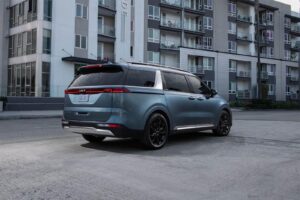
Kia keeps with its push to get some global consistency with its vehicle names changing the Sedona to the Carnival.
The new look is decidedly more boxy than that of the old Kia Sedona, with a larger, more upright take on the brand’s familiar “tiger nose” grille, framed by slit-like headlamps. The hood is more horizontal, with creases intended to imply power. The roofline and side windows take on a more ute-like appearance, though the 2022 Kia Carnival retains the twin sliding doors that minivan buyers love.
A rear skid plate and a choice of 17- and 19-inch wheels add to the more aggressive look of the new people mover.
The cabin is where the new Carnival really stands out when compared to the outgoing Sedona line, with more upscale materials and details, like the chrome dash running the length of the instrument panel.
Carnival will be offered with both 7- and 8-passenger configurations, with the optional center buckets able to slide and recline. The “Slide-Flex” system in the 8-passenger model allows a variety of different configurations, and the front passenger seat can be converted into a table.
Segment-leading passenger and cargo space

The new Carnival offers plenty of room as well as all of the technological creature comforts expected in minivans these days.
Functionality remains a critical purchase consideration for MPV buyers and Kia claims the new Carnival delivers best-in-class interior space of 168.2 cubic feet, as well as segment best cargo room of as much as 145.1 cf with the second and third rows folded down.
Technology matters, as well, and the new Kia Carnival boasts twin displays, including a 12.3-inch recongfigurable gauge cluster. The basic touchscreen infotainment display measures 8 inches but upgrades to 12.3 inch with navigation. Bluetooth is built in, with both Apple CarPlay and Android Auto standard on all models. Wireless versions are available with the dual rear screen entertainment package. Wireless charging and built-in WiFi also are offered. And there are up to nine USB ports and an optional 110-volt outlet in the cabin.
There’s a rear occupant alert system using ultrasonic sensors designed to alert parents and caregivers if a child or pet remains in the second or third rows after the vehicle is shut off and doors locked. It can notify them in several ways, including sending an alert by text message.
The Passenger Talk system acts like an intercom to make it easier for occupants up front to chat with those in the rear. And a camera also lets parents keep an eye on children in back. It even uses night vision to let it work in the dark.
Plenty of safety gear
As one would expect of a modern minivan, the 2022 Carnival is loaded with airbags and more advanced driver assistance systems, including forward collision warning with pedestrian and bicyclist detection, and parking collisions avoidance.
Under the hood, all versions of the new Kia minivan use a 3.5-liter V-6 pushing out 290 horsepower and 262 pound-feet of torque through an eight-speed automatic. All-wheel-drive is not available. The minivan features one of the segment’s better tow ratings, at a max 3,500 pounds.
The 2022 Kia Carnival is expected to reach U.S. showrooms during the second quarter. Pricing will be released closer to then. The outgoing Kia Sedona currently starts at $30,400.
The new Carnival will be facing some tough competition, including new or recently updated offerings from the minivan segment leaders, the Chrysler Pacifica, the Honda Odyssey and the Toyota Sienna. The minivan segment has been shrinking for more than a decade but all of the key players are hoping to rebuild momentum with more rugged designs and the addition of new tech and safety features.
/**/

